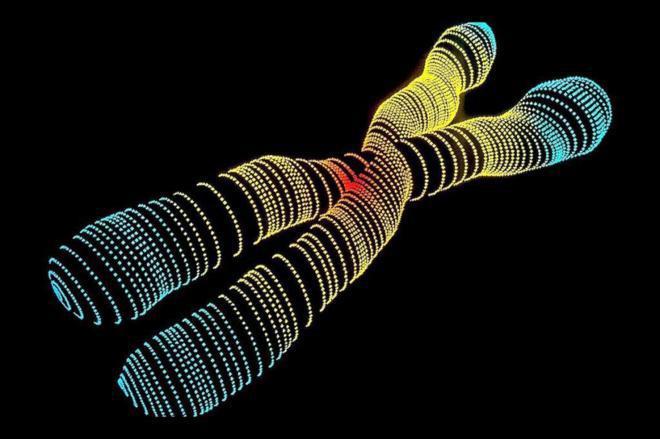CRISPR-Cas9 genetic editing technology has revolutionized biological and medical research by providing the simplest tool with which to "cut and paste" DNA fragments. Its potential is enormous: from correcting errors associated with diseases to creating more resistant plants for cultivation.
But the idyll that the scientific community lives with this technology is marred by a limitation: CRISPR-Cas9 acts as scissors that cut the famous double helix of DNA, which can sometimes trigger unwanted changes in the letters or bases (A , T, G, C) that write genome. To overcome these "side effects" depends on being able to transfer the technique safely to human trials.
A new genetic editing technology, which is presented today in the scientific journal Nature , is a further improvement. The technique, which they have called editor 'prime' or excellence, would change the strategy of "cut and paste" for a system of editing texts - "search and replace" - of such precision, which in theory could correct around the 89% of human genetic variants associated with diseases .
The biochemist David Liu, of the Broad Institute - belonging to Harvard University and the Massachusetts Institute of Technology - is the first author of this advance. Liu is also the architect of a previous attempt to improve CRISPR, from which this 'prime' editor is born, the 'base editors'.
The 'spell checker' of the genome
"If CRISPR is the scissors, the base editors would be the pencil : instead of cutting the double helix, they convert one letter of the DNA into another, without breaking the double chain, which allows correcting the main types of shape mutations efficient, but not all. The 'prime' editor would mean the 'search and replace' system of a word processor; it allows to directly make specific point mutations, insertions and precise single-letter deletions and combinations of these, also without having to break the double chain, "explains Liu.
The great innovation of this 'prime' technique consists in the fusion of the Cas9 protein - which is responsible for cutting the DNA in the 'classic' editing system - with a reverse transcriptase enzyme - molecule that generates DNA from RNA - and modifies the RNA guide so that while locating the site that is being edited , it acts as a template to correct the mutation. In this way, double chain breakage is avoided.
Scientists have tested the technique with more than 175 genetic editions in human cells, including the correction of the error that causes sickle cell anemia and Tay Sachs disease, an alteration that affects the brain. As stated in the article, the technique is very efficient and produces less "side effects" than the classic CRISPR-Cas9.
Liu hopes that after the next few weeks, once his work has been made public, researchers around the world will try to replicate the technique that, for the moment, has only been tested 'in vitro'.
This is highlighted by the geneticist and scientist of the National Biotechnology Center (CNB) Lluís Montoliu, for whom prudence is forced in news such as this progress until the results are reproduced 'in vivo' and in all types of organisms. However, and leaving aside the possible clinical applications, Montoliu is enthusiastic about this "revolutionary change" that occurs in the technique of CRISPR, and that comes from the hand of a very prestigious team.
In this coincides, the researcher in Synthetic Biology of the Pompeu Fabra University (UPF), Marc Güell, who also trusts that the results of "this great work" will be confirmed with new studies. Güell believes that while the classic CRISPR-cas9 works very well "to break or inactivate genes", the editor 'prime' seems "quite superior to correct" genetic errors . And, in addition, "potentially, it is safer" by avoiding double-strand DNA breakage.
According to the criteria of The Trust Project
Know more- Science and Health
- Health
Adjustments The cuts already paralyze the purchase of Dénia Hospital for its reversion to the public hospital network
MadridA Young Space to overcome diseases such as psychosis and schizophrenia
Angiostrongylus cantonensis The parasitic worm that transmits meningitis and has been found in Mallorca

